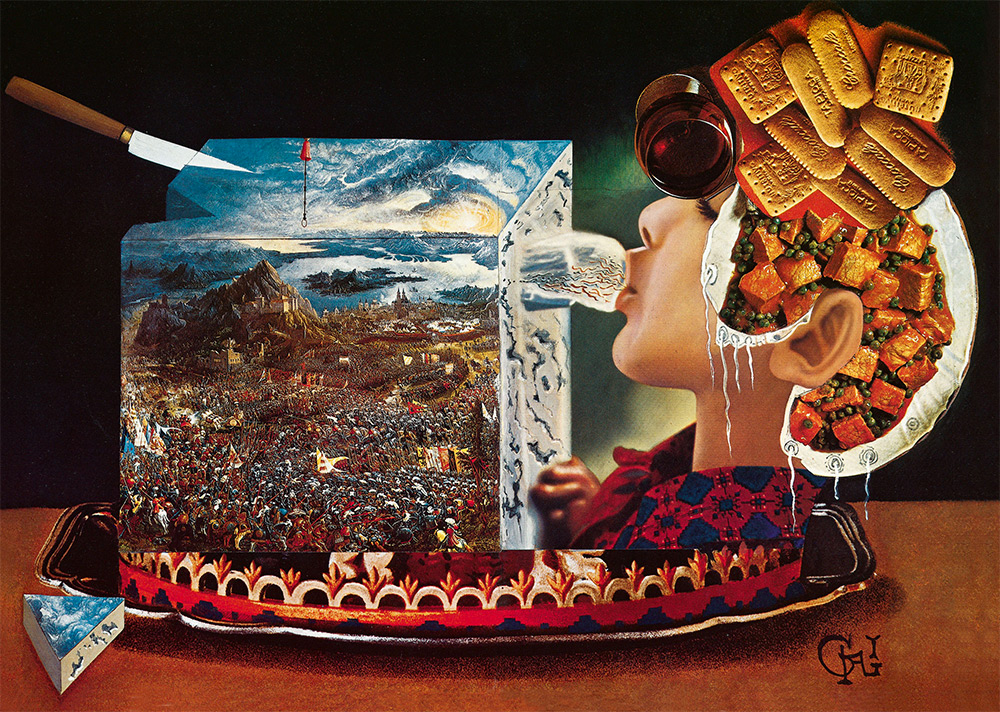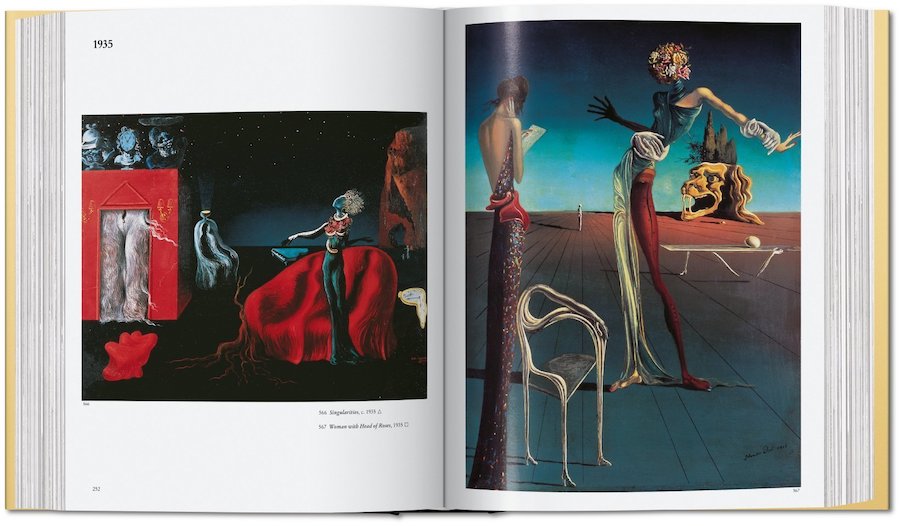Commander James Bond, CMG, RNVR — code name 007 — is both cool and uncool. Though hardly a setter of youthful trends, he has always embodied masculine competence and unflappability of a relatively timeless and quintessentially British kind. Thanks to the long-running Bond film series’ efforts to gradually increase the character’s complexity, the Bond who first appears in Ian Fleming’s 1953 novel Casino Royale may at first look simple, even cartoonish to readers of the 21st century. But despite all the changes of the leading man and the shifts in audience expectations over the decades, one of the franchise’s tasks has remained constant: to exude this Bondian uncool cool, whose distinctive tone must be set with just the right theme song.
Scheduled for release this fall, the 25th Bond film No Time to Die features a theme song by the teenage singer Billie Eilish, whose dark-pop style may neatly suit the return performance by Daniel Craig. As soon as he made his debut as Bond in 2006’s Casino Royale, an adaptation of Fleming’ first novel, Craig immediately earned the distinction of the most troubled Bond yet.
Three Bond pictures later, the producers must have realized that a haunted secret needs a haunted theme song, and so commissioned a piece of the ghostly yet hugely popular, at once cool and uncool work of Radiohead. You can hear Radiohead’s theme song as it appears in the opening of 2015’s Spectre (a reference, every Bond fan knows, to the global crime syndicate SPECTRE, or Special Executive for Counter-intelligence, Terrorism, Revenge and Extortion) in the video above.
Or rather, the video shows how Radiohead’s “Spectre” might have appeared in the 24th Bond picture. After the band recorded the song, the film’s production team rejected it as too melancholy for the title sequence — perhaps inevitably, in retrospect, given how Radiohead’s songs lend themselves to the construction of a “gloom index” — and opted instead for a higher-flown (and ultimately Oscar-winning) number sung by Sam Smith. “There have been many rejected themes over the years by many notable artists,” writes James Bond Radio’s Jack Lugo. “Some rejected themes end up as B‑sides (such as Pulp’s “Tomorrow Never Lies”) or get re-worked with different lyrics on their albums (see Ace of Base’s “The Juvenile”).” Never hesitant to put their music online, Radiohead ultimately released “Specter” on their Soundcloud page.
“Reaction was understandably mixed,” writes Lugo. But after watching a few fan assemblies of the song and Spectre’s title sequence, he describes himself as having “discovered a newly found appreciation for the song.” Following along with the lyrics as Thom Yorke sings them made, for him, “a world of a difference.” The words “capture the darkness, paranoia, and refusal to trust that’s inherent to the Bond character (at least as he’s portrayed by Daniel Craig),” and as a whole “the song speaks to someone who wants badly to love and care for someone but is restrained and restricted by chance, circumstances, and also just by the nature of his character.” Had it been used in the film, Radiohead’s song would have cast these themes into starker relief, emphasizing the deeper thematic inquiry at the core of Spectre, a study, as it were, of human bondage.
via Kottke
Related Content:
James Bond: 50 Years in Film (and a Big Blu-Ray Release)
Autonomous Flying Robots Play the Theme From the James Bond Movies
Radiohead’s Thom Yorke Performs Songs from His New Soundtrack for the Horror Film, Suspiria
The Secret Rhythm Behind Radiohead’s “Videotape” Now Finally Revealed
Based in Seoul, Colin Marshall writes and broadcasts on cities, language, and culture. His projects include the book The Stateless City: a Walk through 21st-Century Los Angeles and the video series The City in Cinema. Follow him on Twitter at @colinmarshall, on Facebook, or on Instagram.









